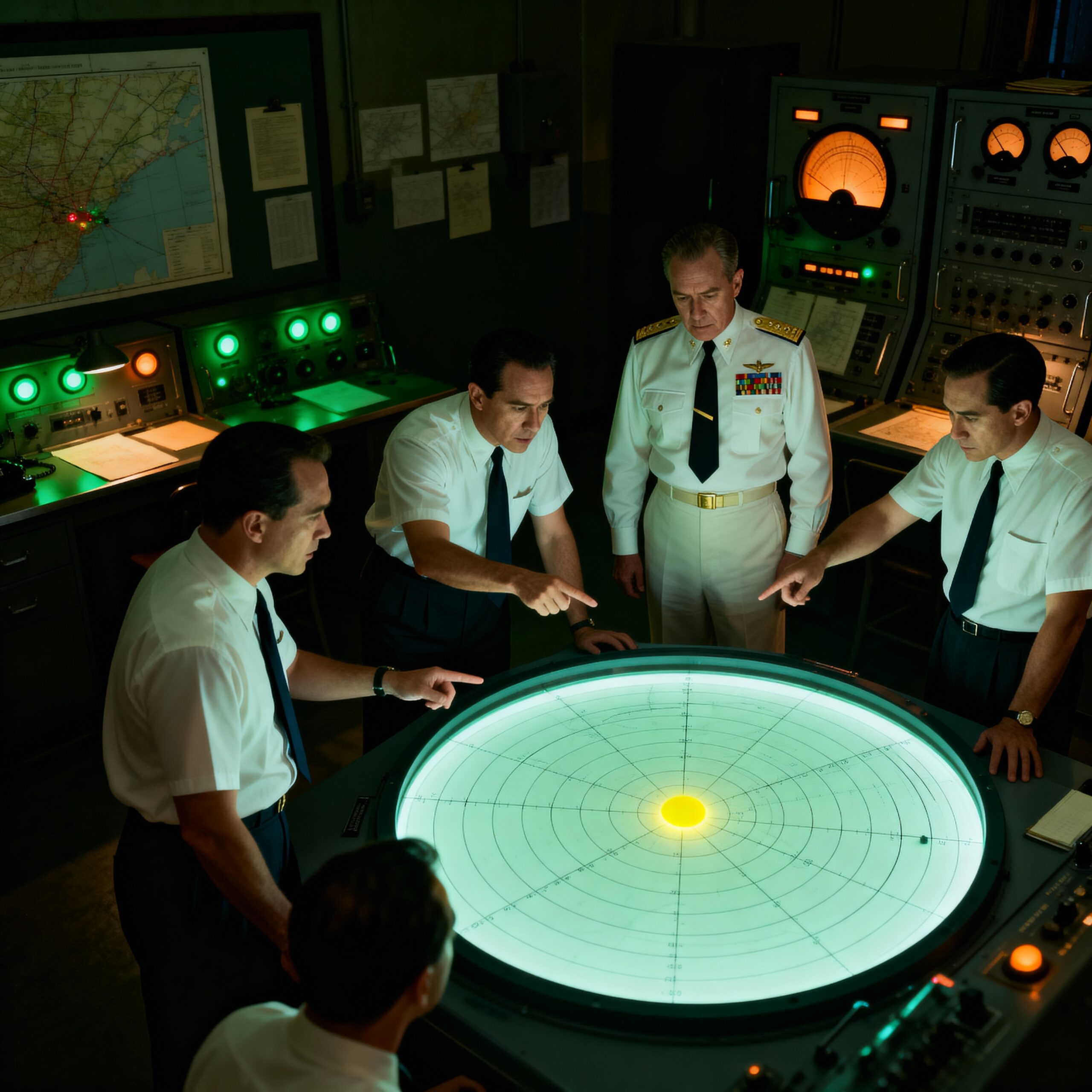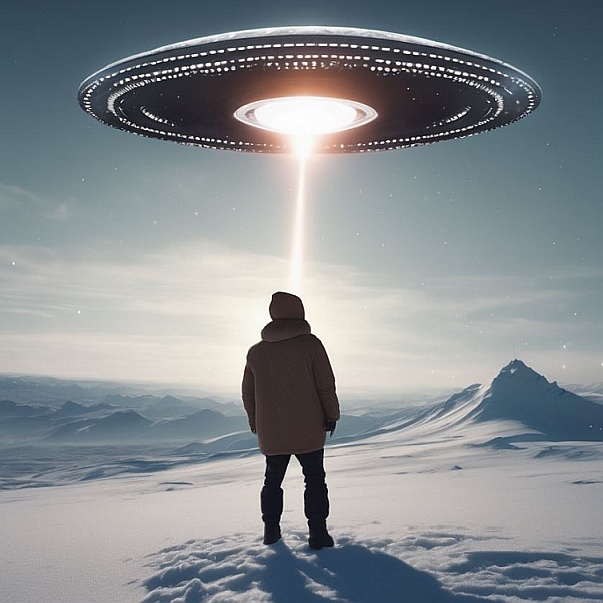The 1952 Washington, D.C. UFO Incident: A Summer of Saucers Over the Nation’s Capital
In the summer of 1952, the skies over the United States’ capital city became the stage for one of the most dramatic and publicized UFO events in American history. Known today as the Washington, D.C. UFO Incident or the Washington National Sightings, this extraordinary series of sightings involved dozens of unidentified flying objects seen by radar operators, commercial airline pilots, military personnel, and citizens. For several tense days in July 1952, it seemed as though “flying saucers” had descended upon the very heart of the U.S. government.
The First Sightings: July 19–20, 1952
Late on the night of July 19, 1952, radar operators at Washington National Airport (now Ronald Reagan National Airport) and Andrews Air Force Base began detecting several mysterious blips on their radar screens. These objects didn’t follow the standard flight paths used by commercial or military aircraft. They appeared, disappeared, and reappeared erratically—sometimes moving at extraordinary speeds that defied the technology of the era. At around the same time, pilots in the area visually confirmed bright, glowing lights—white, orange, and sometimes bluish—darting through the night sky. When Air Force jets were scrambled from Delaware to intercept the unknown targets, the mysterious lights vanished from radar. Once the jets left the area, the blips returned, almost tauntingly.
The Second Wave: July 26–27, 1952
Just one week later, the UFOs returned. Again, radar operators at Washington National and Andrews Air Force Base picked up several unidentified targets, and once more, numerous ground and air witnesses reported seeing bright lights moving at incredible speeds. A commercial airline pilot flying into Washington described seeing “four white, glowing lights” streaking past his aircraft. Military pilots who were sent to investigate reported the same: strange luminous objects that accelerated too fast for pursuit. By this point, the national media had caught wind of the story. Headlines across the country screamed “Saucers Swarm Over Capital” and “Jets Chase D.C. Sky Ghosts.” Panic, fascination, and speculation spread quickly, with many wondering whether the objects represented visitors from another world—or perhaps a Soviet secret weapon.
The Air Force Response
The U.S. Air Force, under Project Blue Book, took the lead in investigating the incident. On July 29, 1952, the Pentagon held the largest press conference since World War II to address the public’s growing concern.
Officials explained that the radar blips were likely caused by a temperature inversion, a common weather phenomenon in which layers of warm air trap cooler air below, creating false radar returns. However, many radar operators, pilots, and even some military investigators weren’t satisfied with that explanation. They argued that temperature inversions couldn’t account for the simultaneous visual sightings, nor for the objects’ apparent high-speed maneuvers.

Skeptics Reject the Air Force’s Debunking
Aftermath and Legacy
The Washington sightings marked a turning point in both government and public attitudes toward UFOs. The CIA’s Robertson Panel was later convened to study how the government should handle UFO reports, ultimately recommending that sightings be downplayed to avoid mass hysteria. For many UFO researchers, the Washington incident remains one of the strongest cases for the existence of unidentified aerial phenomena (UAPs). The combination of radar, visual confirmation, and official reaction make it a unique and enduring mystery. The 1952 Washington UFO wave stands as one of the most dramatic episodes in the history of American UFO encounters—a moment when the world looked to the skies above the seat of power and wondered who, or what, was visiting. Americans wondered what type of intelligence that was then the primarily interested in the most authorative and greatly protected area of the country; the United States of America, where the White House, the President, and the Pentagon are.


